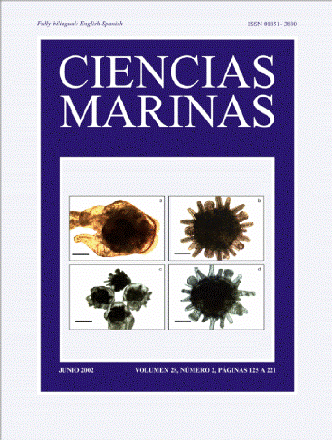Comments about the relationship between temperature and giant squid catches
Main Article Content
Abstract
The fishery of the giant squid (Dosidicus gigas D'Orbigny, 1835) is an unstable resource that has shown wide variations in its abundance and availability in the last 20 years, which were tried to be explained by a hypothesis that related the effects of El Niño and the sea temperature on the fishery. Recently, with data obtained in research surveys, the hypothesis that water temperature is a factor that affects the displacement of the squid has been considered again, in such a way that catches can be related to the average temperature in the fishing zones, validating the hypothesis with relative abundance data (AR), obtained in a research survey, which are known to be highly skewed. In this way, the accuracy in the catch-environment relationship of the giant squid is determined by two factors: (a) the correct estimation of the resource's AR index, which must be corrected with an unbiased estimator of minimum variance, under a lognormal distribution, what allows working data series without discarding information; and (b) the functional relationship of AR with temperature and therefore, recognizing that the relationship between temperature and squid catches is not direct (linear), thus understanding that the effect of the sea temperature on the squid's AR index is random, since in the AR there is an observation error that must be evaluated.
Downloads
Article Details
This is an open access article distributed under a Creative Commons Attribution 4.0 License, which allows you to share and adapt the work, as long as you give appropriate credit to the original author(s) and the source, provide a link to the Creative Commons license, and indicate if changes were made. Figures, tables and other elements in the article are included in the article’s CC BY 4.0 license, unless otherwise indicated. The journal title is protected by copyrights and not subject to this license. Full license deed can be viewed here.

